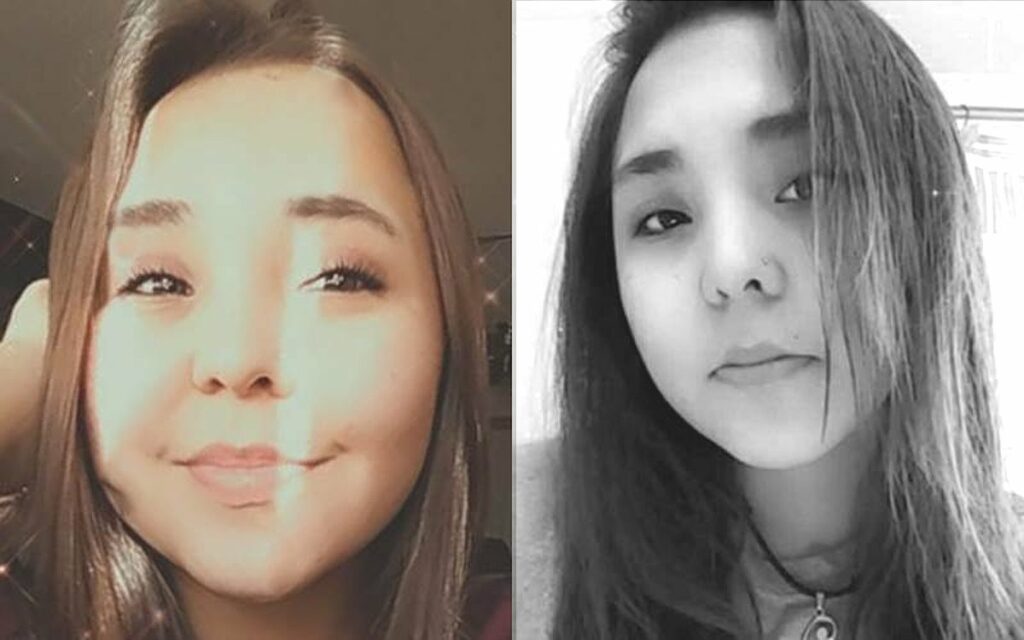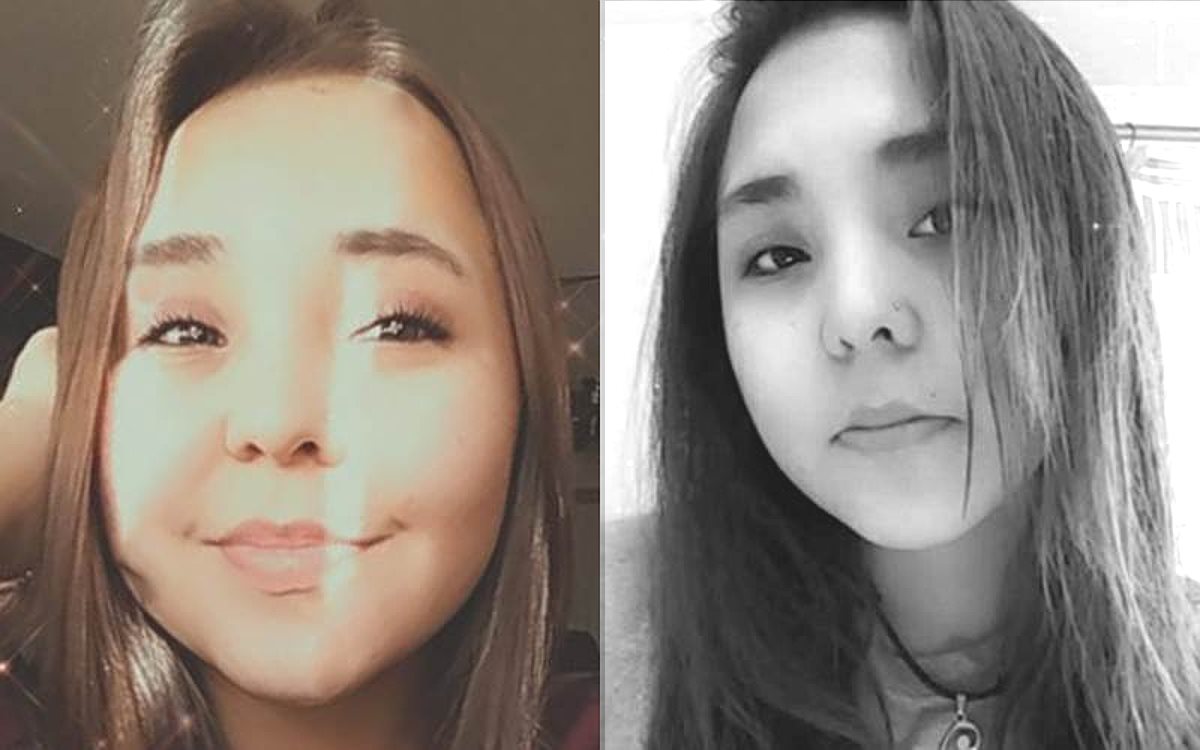False outrage, racism, victim-blaming and missed opportunities

The tragic case of 22-year-old Gabby Petito has been heard around the country non-stop for the last few weeks. The young, beautiful social media influencer went missing Sept. 11 and was found dead on Sept.19.
Gabby’s story is heartbreaking, but it is not uncommon. The FBI reported 600,000 people missing in 2018.
So why Gabby? Why did her story and disappearance captivate media audiences so resolutely for weeks?
As many Indigenous and Black women have pointed out, Gabby was popular and attractive, but more importantly, she was white. Women of color, and specifically Indigenous women, go missing at a disproportionately high rate.
Of those roughly 600,000 people reported missing, 40% were people of color, even with the tendency of law enforcement agencies not to include race or to default the missing individual as ‘white’.
PBS News reports that Native women are killed at 10 times the rate of the national average. In Wyo. alone, where Gabby went missing, 710 indigenous women were reported missing between 2011 and 2021.
The media coverage of this case, the cries of ‘insensitivity’ from white folks directed towards people of color demanding similar justice for their missing and loved ones, the racism laced into every aspect of the coverage of Gabby’s disappearance and the mistake in placing blame on victims reveals much about how our society treats women in general, and women of color particularly.
False outrage
Gabby’s death was awful, but her family got something many other families of missing women don’t get: attention and assurance of where their loved one is.
There can never be true peace after something like this, but as Indigenous activists quickly pointed out, Gabby’s family at least gets to know where she is and has multiple media sites, law enforcement agencies and millions of civilians trying to figure out what happened to her. These are resources missing Indigenous women are rarely provided.
Online, many white people were quick to call these connections insensitive; trying to insist that by pointing out the stark differences in coverage between white women and women of color, people were somehow disrespecting Gabby’s memory and her family in their grief.
What is truly insensitive is the way media outlets focused so heavily on this case and all but ignore most missing women of color.
If your response when you see people asking, “Why does my daughter, mother, sister, friend continue to go ignored while Gabby was given so much time and energy,” is to say this kind of comment is politicizing tragedy or has a lack of compassion, you’re missing the point and playing into racist ideology that allows only certain women to go unseen.
Why not let individuals who have been neglected get a moment to vent about their loss, especially when media attention is so focused on a missing person’s case.
There is no love or compassion for grief in cutting someone off when they point out the hypocrisy of care for Gabby and not for others. And often, the racism the loved ones of these missing women of color are trying to highlight is only echoed in white individuals’ cries of, “Too soon.”
Well, it may seem too soon after Gabby’s death to point out these differences, but consider how it is far too late for so many. I can’t imagine any loving person in the wake of such a tragedy begrudging other families and communities also grieving and giving voice to that grief.
Racism
The simple truth is that large media sources choose what, and who, they want to focus their attentions on. Gabby’s story getting so much coverage is both a reflection of the racism built into the structure of media institutions and also the structure built into our society: the media focuses on the stories they think people will read.
From the 710 Indigenous women who went missing in Wyo. over the last decade, can you list any of their names? Of the roughly 150,000 people of color who went missing last year, can you list three of their names? I know before this week, I couldn’t have named one.
Mary Johnson, an Indigenous woman, was last seen on Nov. 25, 2020 in Wash. She was 39 at the time. She, like Gabby, was having troubles in her relationship. Mary and her husband were said to be fighting before her disappearance. She still hasn’t been found.
Nicole Wagon, a member of the Northern Arapaho Tribe, has had to face the disappearance and death of both of her daughters, Jocelyn, 30, and Jade, 23, in two short years. Jocelyn’s murder has yet to be solved and Jade was found dead in a field. Her mother says her murderer is still out there.
“Gabby’s death was awful, but her family got something many other families of missing women don’t get: attention and assurance of where their loved one is.”
As Nicole said, “It makes you feel like we don’t matter; we’re just a statistic. And I’m like, my kids are not statistics. They were human beings. And they had lives. And regardless of what people may think, or assume, they don’t know their stories.”
Nicole’s sentiments are absolutely true. Even after so many have called out the racism in the handling of Gabby’s case and not in others, most news sources are citing the statistic about the 710 missing Indigenous women in Wyo., but finding the names of missing women, their identities, their families or any details about their lives is still incredibly difficult despite all these calls to “do better.”
Nicole’s daughter Jade was only one year older than Gabby when she died. Now her mother is left without two of her children, a tragedy in itself, but also without any of the resources needed to find answers or the support given to Gabby’s family.
Teri Deschene’s daughter, Kiana Klomp, was only 17 when she went missing. It has been a year and a half since she disappeared and up until this week, not one article had been written about her. Kiana liked skateboarding and shopping; she was barely more than a child.
The director of the Urban Indian Health Institute and citizen of the Pawnee Nation of Oklahoma, Abigail Echo-Hawk said on the topic of missing Indigenous women, “What we see is systematic bias, institutional and structural racism and the vilifying and the placing of blame on the victims themselves and their families for when these people go missing and murdered.”
Tens of thousands of women of color go missing every year. We don’t really need to ask ourselves why so many of these women are never found when someone like Gabby was. We already know the answer.
Victim-blaming
Another huge issue in the coverage of Gabby’s case has been the calls to women warning them on how to pick up on the signs of relationship abuse and get out of abusive relationships. As Echo-Hawk said, “How these victims are talked about places the blame of their murders, places the blame of them going missing, on them, and everybody’s life matters.”
It is suspected that Brian Laundrie, Gabby’s fiance, was likely involved in her murder due to a domestic dispute shortly before Gabby’s death. So the conversations about women needing to ‘protect themselves’ seem to be coming from a good place, but their concern is misdirected.
Women are not passively abused, violated or killed. Statistically, it is men that are abusing, violating and killing women. The Office for the Prevention of Domestic Violence reports that 97% of ongoing, one-sided, severe and control-motivated domestic violence is perpetrated and 96% of non-severe domestic violence is perpetrated by men.
“What we see is systematic bias, institutional and structural racism and the vilifying and the placing of blame on the victims themselves and their families for when these people go missing and murdered.” – Abigail Echo-Hawk
The phrasing of Gabby and others as a ‘battered’ or ‘abused’ women takes attention away from the ones behind that abuse. It shouldn’t be this idea that, “She was killed,” but instead, “He killed her.”
We need to stop pointing out how women can spot the warning signs and start pointing towards the individuals most likely to be abusers.
Missed opportunities
Every woman who goes missing and doesn’t receive her due attention is more than a missed opportunity — it is a life potentially lost. How many lives could have been saved? And the better question: How many will be saved in the future if we stop ignoring women of color and men’s often active role in the killing of women?
A number of organizations are working to combat the rates of missing women of color. The Black and Missing Foundation has for 13 years worked to help create equal opportunities to getting found in the wake of disappearance. The Sovereign Bodies Institute is working to gather data and help put their research into action in helping to stop gender and sexual violence against Indigenous people.
The UIHI is working to decolonize data for Indigenous people. The Coalition to Stop Violence Against Native Women has as its mission to stop violence against Native women and children and advocate for their communities. The National Indigenous Women’s Resource Center provides leadership for American Indian, Alaska Native and Native Hawaiian women while using grassroots activism to advocate for vital resources.
These are just a few of the wonderful organizations doing the work to protect and defend women of color, especially when media outlets and societal institutions do not.
Gabby’s death was a tragedy — there’s no person with a heart who could say otherwise — but there is also tragedy in all these other individuals who have gone missing. We have to find outrage in that. We have to recognize the role race plays in media attention and the way we leave men out of a conversation they are often instigators of.
Shining light on these missing women will not make up for what has been neglected in the past, but it is the best way to provide truth and help in the future.
